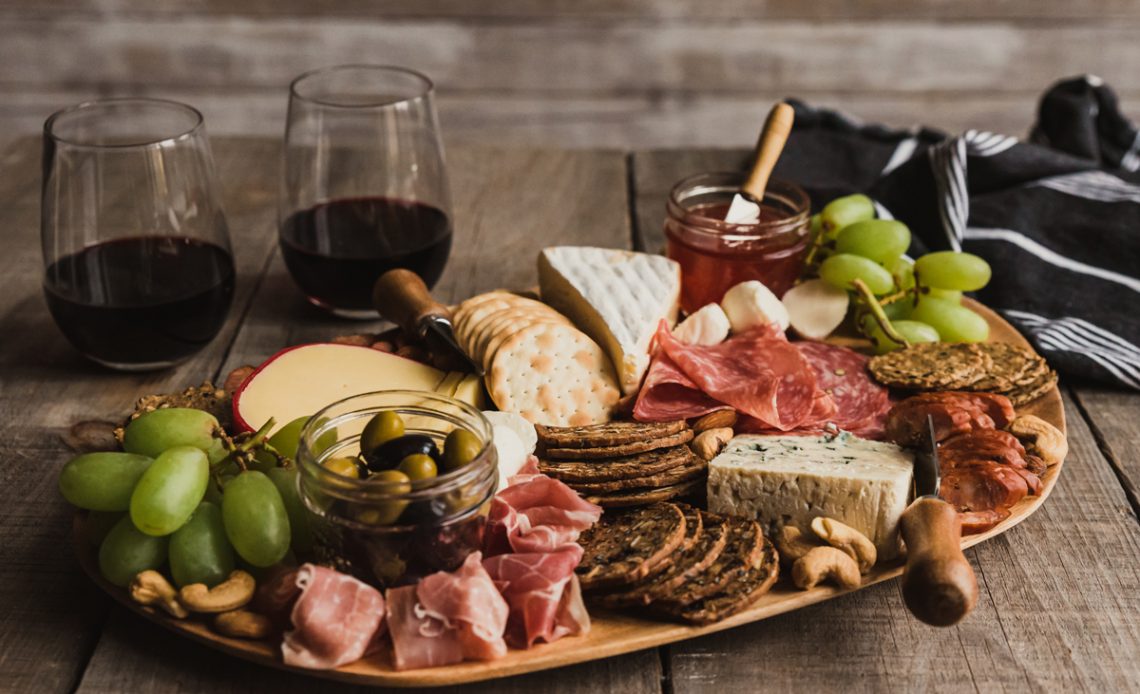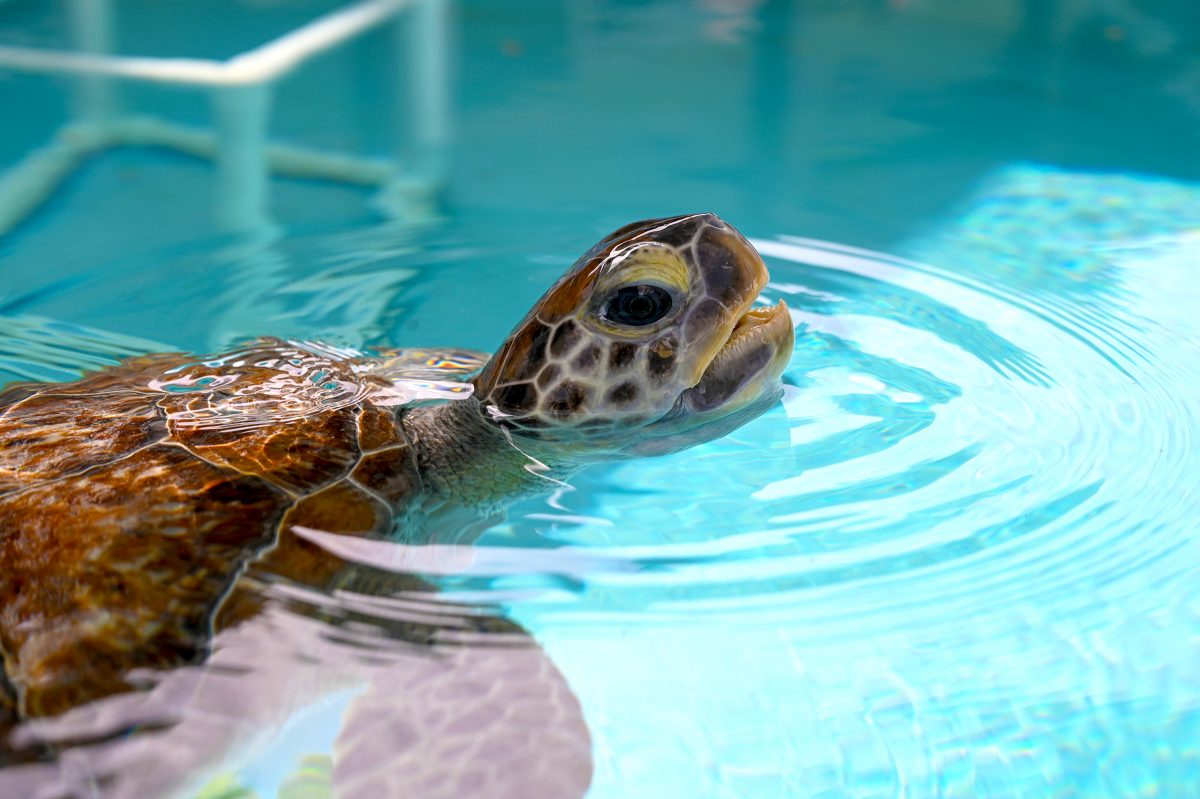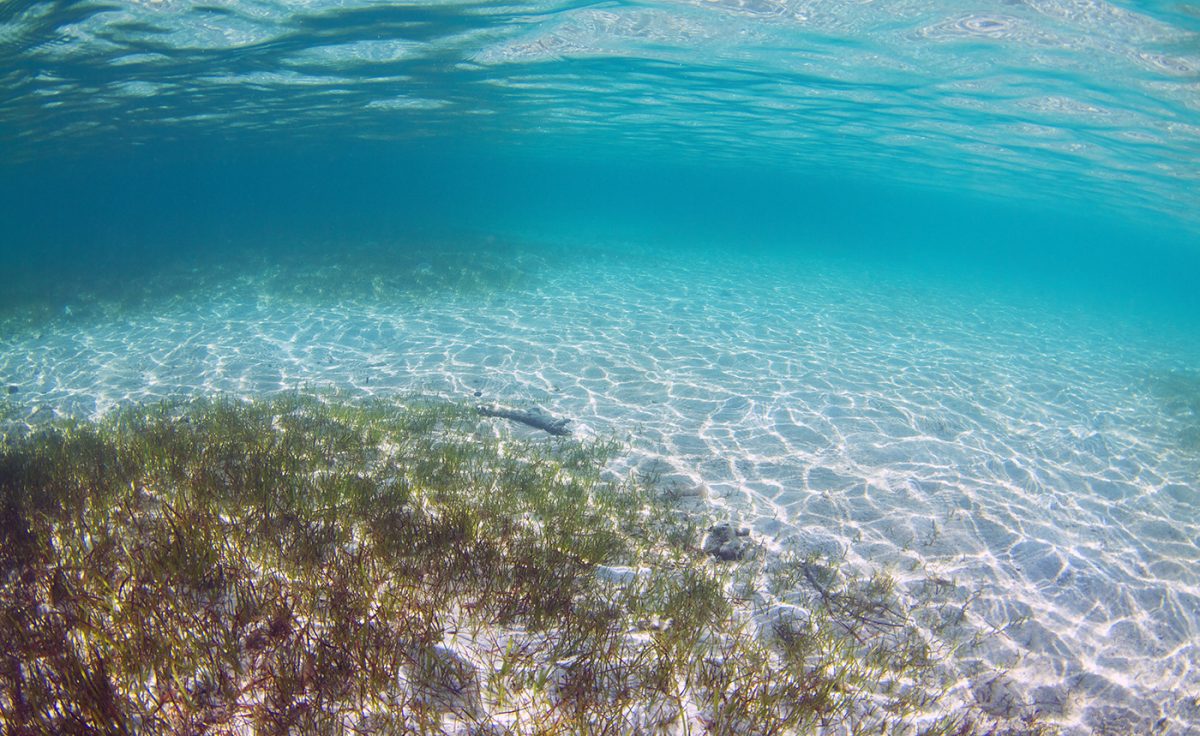Dazzle your friends with your ability to provide tiny bites of fabulous finger foods, whether sweet or savory. Check out our ideas for some fun food boards.
Food boards are a great way to provide a lot of variety for an easy-to-do appetizer or dessert course. You can choose to use a small wooden serving board or large platter or repurpose a cookie sheet or pastry board. The options are truly endless.
Tips:
- Consider guests’ dietary needs and make sure you have something for everyone.
- That said, do not have more than six or seven choices on any board. Too many choices, in this case, is not best.
- Label whatever you can – use flagged toothpicks, mini-chalkboards (check out amazon.com), or frame a cute diagram or drawing of the offerings. Be creative!
- Keep everything in easy to manage bites – after all, the purpose is to use your fingers and keep everyone satisfied until the main event is ready.
Traditional Charcuterie Board
Pronounced “shar-cu-tree,” the word charcuterie roughly translates to mean “cold, cooked, meats.” It dates to the 15th century and was used to describe a butcher shop that sold such meats. Nowadays, the trendy adaptation of the word calls to mind a board laden with a variety of meats and cheeses.
- Bread and crackers: A crusty bread, think French baguette or crostini and artisanal crackers, such as multi-grain or herbed options. Also a few standard Ritz crackers won’t be left behind.
- Cheeses: Rule of thumb: one hard, one soft, one spicy and two ounces per person. Consider Brie, Manchego, and a traditional Sharp Cheddar.
- Olives: make this a mix of marinated kalamata, green, and black olives.
- Cured Meats: hard salami, prosciutto, smoked ham, and summer sausage work well!
- Nuts: Use small shot glasses or fingerbowls to serve up some unshelled pistachios, cashews, and Spanish peanuts.
Crostini Board
Crostini are small pieces of sliced bread, toasted or fried and topped with the spread of your choice:
- Bread, pre-sliced, pre-toasted/fried
- Pre-made toppings such as olive tapenade, pesto spread, or the standard tomato bruschetta*
- Cheese toppings can include soft cheeses like ricotta, burrata, or mozzarella
Vegetable Board
Fresh, crisp, and colorful veggies are a heathy alternative to a cheese and meat board.
- Fresh veggies, cut into easy to eat pieces, such as radishes, red and yellow bell peppers, zucchini, cucumber, and carrots
- Dips such as ranch dip or garlic aioli*
Dessert Board
- Dark or white chocolate-dipped fruits such as strawberries, kiwi slices, or orange slices
- Dried Fruits such as apricots, pineapple and mango
- Gumdrops and Jordan almonds
- Shortbread cookies, cinnamon-sugar graham crackers, or chocolate-covered graham crackers
*(To make tomato topping, finely dice 4-5 Roma tomatoes and combine with 1 clove minced garlic, 2 tablespoons of olive oil, 1 tablespoon of red wine vinegar and ½ teaspoon each salt and pepper)
**(To make garlic aioli, whisk together 1 cup mayonnaise, 3 gloves minced garlic, mashed, 1 teaspoon lemon juice and a dash of cayenne pepper. Cover and refrigerate one hour before serving.)















